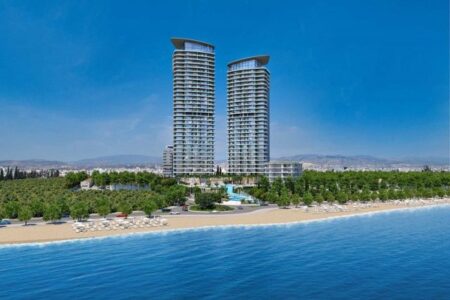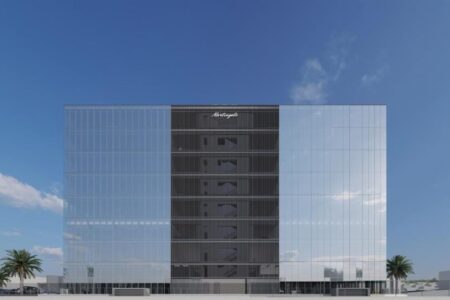Although the Cyprus property market is heading towards record highs in March 2025, there is a possibility of global economic factors such as trade tariffs imposed by the US administration to influence the market.
Main risks:
- Slowing Eurozone economy: Lower EU exports to the US could weaken investor confidence and reduce foreign investment.
- Inflationary pressure. Rising prices for imported goods and building materials may lead to higher construction costs and reduce interest in investment.
- Interest rates rise: Changes in the European Central Bank’s monetary policy could raise the cost of mortgages and slow the market.
The situation remains uncertain, as international factors such as the lifting of tariffs between the US and the EU could have a positive impact on the market. Recently, entrepreneur Elon Musk spoke in favor of creating a free trade zone between the two regions, which could support economic growth.
Analysis of the real estate market segments in Cyprus
Sales of residential property on the domestic (Cypriot) market
In March 2025, domestic sales increased by 14% compared to the same period last year, with growth recorded in all regions.
- In the Famagusta area , sales increased by 27%.
- In Nicosia, the increase was 26%.
- In Paphos, sales increased by 20%.
- In Larnaca, the increase was 7%.
- Limassol recorded the lowest growth at 6%, but also saw the highest number of transactions (305).
Overall, domestic sales increased by 15% in Q1 2025 compared to the same period in 2024. While Paphos recorded an 8% decline in sales and Famagusta remained stable, Larnaca , Limassol and Nicosia saw growth of 29%, 17% and 16% respectively.
Sales of residential real estate on the foreign market
Sales to overseas markets, including EU and non-EU citizens, increased by 25% in March 2025 compared to March last year.
- In Nicosia, sales fell by 13%, while in Famagusta they remained at the same level.
- In Larnaca , Paphos and Limassol, sales increased by 41%, 39% and 21% respectively.
Paphos became the leader in the number of transactions on the overseas market, reaching 204 sales in a month. In the first quarter of 2025, sales on the overseas market increased by 15% compared to the same period in 2024, with growth recorded in all districts:
- In Larnaca, sales increased by 22%.
- In Paphos – by 16%.
- In Limassol – by 14%.
- In Famagusta – by 9%.
- In Nicosia – by 2%.
Sales of residential property to EU citizens
In March 2025, sales to EU citizens increased by 16% compared to March last year.
- Nicosia recorded a 36% decline and Famagusta a 27% decline.
- Larnaca , Paphos and Limassol have seen significant growth of 65%, 60% and 10 % respectively.
In the first quarter of 2025, sales to EU citizens increased by 29% compared to the same period in 2024. All districts except Nicosia (where there was a decrease of 6%) recorded growth:
- In Paphos – by 55%.
- In Famagusta – by 49%.
- In Larnaca – by 32%.
- In Limassol – by 27%.
- In Nicosia – by 16%.
Sales of residential property to non-EU citizens
In March 2025, sales to non-EU citizens increased by 30% compared to March last year, with growth recorded in all regions.
- In Famagusta, sales increased by 40%.
- In Larnaca – by 34%.
- In Paphos – by 31%.
- In Limassol and Nicosia – by 26%.
In the first quarter of 2025, sales to non-EU citizens increased by 10% compared to the same period in 2024. Despite a 21% decrease in sales in Famagusta , the remaining districts saw growth:
- In Larnaca – by 20%.
- In Limassol – by 14%.
- In Nicosia – by 10%.
- In Paphos – by 3%.
















